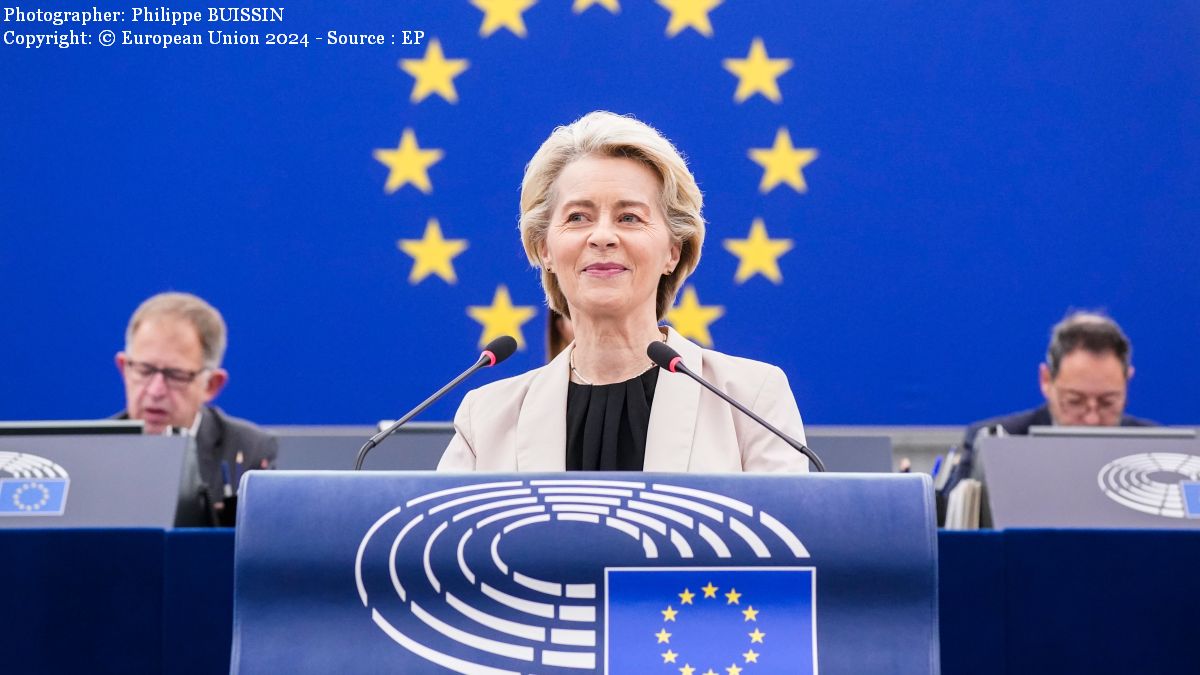Robotic and tele-surgery: from science-fiction to reality
On September 7th 2001, a team of doctors led by the French professor Jacques Marescaux performed the worlds first ever remote robot-assisted surgery. The doctors were in an office in New York, while the patient was in a hospital in Strasbourg, thousands
Warning: Trying to access array offset on null in /home/web/rri.ro/public/wp-content/themes/rri/template-parts/content.php on line 53

Warning: Trying to access array offset on null in /home/web/rri.ro/public/wp-content/themes/rri/template-parts/content.php on line 98
Roxana Vasile,
06.12.2013, 15:32
This operation was named Lindbergh, after the famous American aviator who completed the first solo and non-stop flight over the Atlantic in the 1920s. The joysticks were handled from New York and controlled the computer’s arms, which operated on the patient in Strasbourg. The whole operation used France Telecom transatlantic cables. This innovative surgery proved that a technical solution could be found to shorten the time difference inherent to a transatlantic transmission via optical fibre and make the operation possible.
The Romanian surgeon Adrian Lobontiu moved to France at the beginning of the 1990s after graduating from the Medical School in Targu Mures. In Paris, he came into contact with a group of American doctors attending a congress in the French capital and found out more about robotic and tele-surgery. Soon, Adrian Lobontiu became the first doctor in Europe to specialise in this type of surgery.
Here’s Adrian Lobontiu himself recalling the early years of his exceptional career: “The trend in medicine 20 years ago when I arrived in Paris was to switch from invasive surgery, which means making wide incisions to expose the patient’s organs, to minimally invasive surgery, which causes less pain and reduces the risk of haemorrhage and fever, allowing patients to leave the hospital sooner and go back to their social and professional activities.”
However, this type of surgery was very hard work for surgeons, who had to use video cameras and special instruments about 40 centimetres long. Try writing with a 40 cm-long pencil holding it by its end. It was very hard. And then someone came up with the idea of robot-assisted surgery.
Adrian Lobontiu explains: “To help surgeons perform minimally invasive or laparoscopic surgery, a computer was introduced to assist them in operating the surgical instruments. This computer gives surgeons the flexibility and everything else they have lost during the transition from open surgery to laparoscopic or minimally invasive surgery. It is still the surgeon who is the pilot so to say, in the sense that he or she controls the robot. The robot’s task is to analyse each of the surgeon’s moves. It knows exactly where the tip of surgical instrument is located inside the patient and not only corrects, but also improves the surgeon’s performance”.
Adrian Lobontiu’s pioneering work in the field of telesurgery earned him worldwide recognition: “My life changed. I was no longer a surgeon who goes to the same hospital every day, but someone who had to fly 2 or 3 times a week to Europe and even the Middle East, to Israel, Lebanon, Saudi Arabia and Jordan.”
Adrian Lobontiu even took part in a wide scale project in which a team of doctors simulated, from Paris, an operation on a number of animal and human models on board the Charles de Gaulle aircraft carrier, which was located somewhere in the southern hemisphere. This time, however, the simulated surgery did not use optical fibre, like the Lindbergh operation, but satellite networks.
In any case, what both of these examples prove is the feasibility of performing robot-assisted surgery across distances, which means patients can receive the best specialist treatment available no matter where they are in the world. On the other hand, the cost of cable and satellite transmissions is enormous. Adrian Lobontiu believes, however, that tele-surgery, which was inconceivable at the beginning of the 1990s, may become common practice in a not too distant future.





























